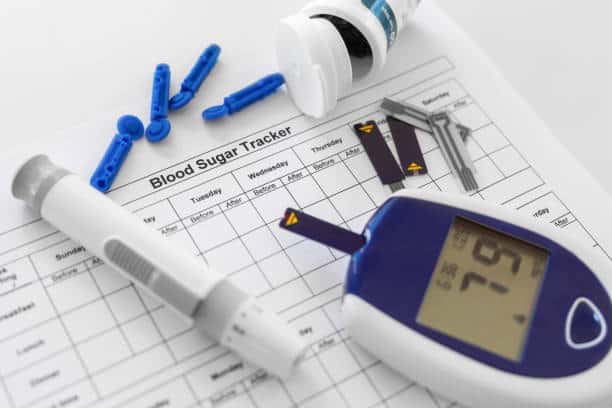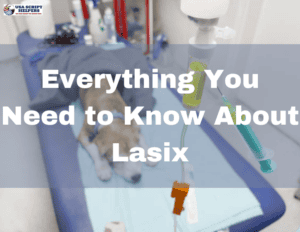Diabetes is a serious health condition that affects millions of people around the world. In most cases, diabetes is manageable with lifestyle changes and/or medication. However, if left untreated, it can lead to a variety of serious health complications. Knowing the warning signals of diabetes is key to catching it early and taking steps to prevent further damage.
Common Symptoms of Diabetes
One of the most common symptoms associated with diabetes is increased thirst, which can be accompanied by frequent urination. Unexplained weight loss or gain can also be an indication that something isn’t quite right in your body.
Other symptoms include fatigue, blurry vision, slow-healing cuts or bruises, tingling in the hands or feet, and yeast infections (especially in women). If you experience any of these symptoms for an extended period of time, it’s important to seek medical attention as soon as possible.
Testing for Diabetes
There are two main tests used to diagnose diabetes: the fasting plasma glucose test (FPG) and the oral glucose tolerance test (OGTT). The FPG measures your blood sugar after you have fasted for at least 8 hours; the OGTT measures your blood sugar after you have not eaten for at least 8 hours and then drank a sugary beverage provided by your doctor. If either of these tests show that your blood sugar levels are higher than normal (above 100 milligrams per deciliter), this could indicate that you may have diabetes.
Managing Diabetes
If you do have diabetes, there are lifestyle changes you can make to help manage your condition such as exercising regularly and eating a healthy diet rich in fiber and low in saturated fat. You should also avoid smoking if possible and try to maintain a healthy weight.
Additionally, depending on what type of diabetes you have (Type 1 or Type 2) and what other medical conditions you may have, your doctor may recommend oral medications or insulin therapy as well as regular checkups to monitor how well your treatment plan is working for you.
Diabetes Medications: What You Need to Know
Ozempic
Ozempic belongs to a class of medications known as glucagon-like peptide-1 (GLP-1) receptor agonists. This medication helps control blood sugar by stimulating the pancreas to produce more insulin when needed and slowing the release of food from the stomach after eating. Common side effects include nausea, headache, diarrhea, and constipation.
Trulicity
Trulicity is also a GLP-1 receptor agonist that works in the same way as Ozempic but with fewer side effects reported. It is typically taken once weekly and can help reduce A1C levels while providing people with type 2 diabetes improved blood sugar control with fewer hypoglycemic episodes. Common side effects include nausea, diarrhea, vomiting, abdominal pain, and decreased appetite.
Victoza
Victoza is an injectable medication that works by decreasing blood sugar levels through stimulation of insulin secretion while also slowing digestion in order to decrease hunger sensations and promote weight loss in those who are overweight or obese. Common side effects include nausea, headache, decreased appetite, dizziness, diarrhea, constipation and injection site reactions such as redness or pain.
Conclusion
Whether you think you may be showing signs of diabetes or just want to make sure all is well with your health, it’s always best practice to speak with a healthcare professional about any potential concerns that arise from experiencing any unusual symptoms or changes in behavior or energy levels.
Early detection can help ensure that any potential issues are addressed before they become more serious health concerns down the line—so don’t be afraid to reach out!
Did you know that Usa Script Helpers is open 365 days a year? Visit usascripthelpers.com. Buy over-the-counter and prescription required medications with Usa Script Helpers. Call us today at our toll free number 1-888-646-7749


















